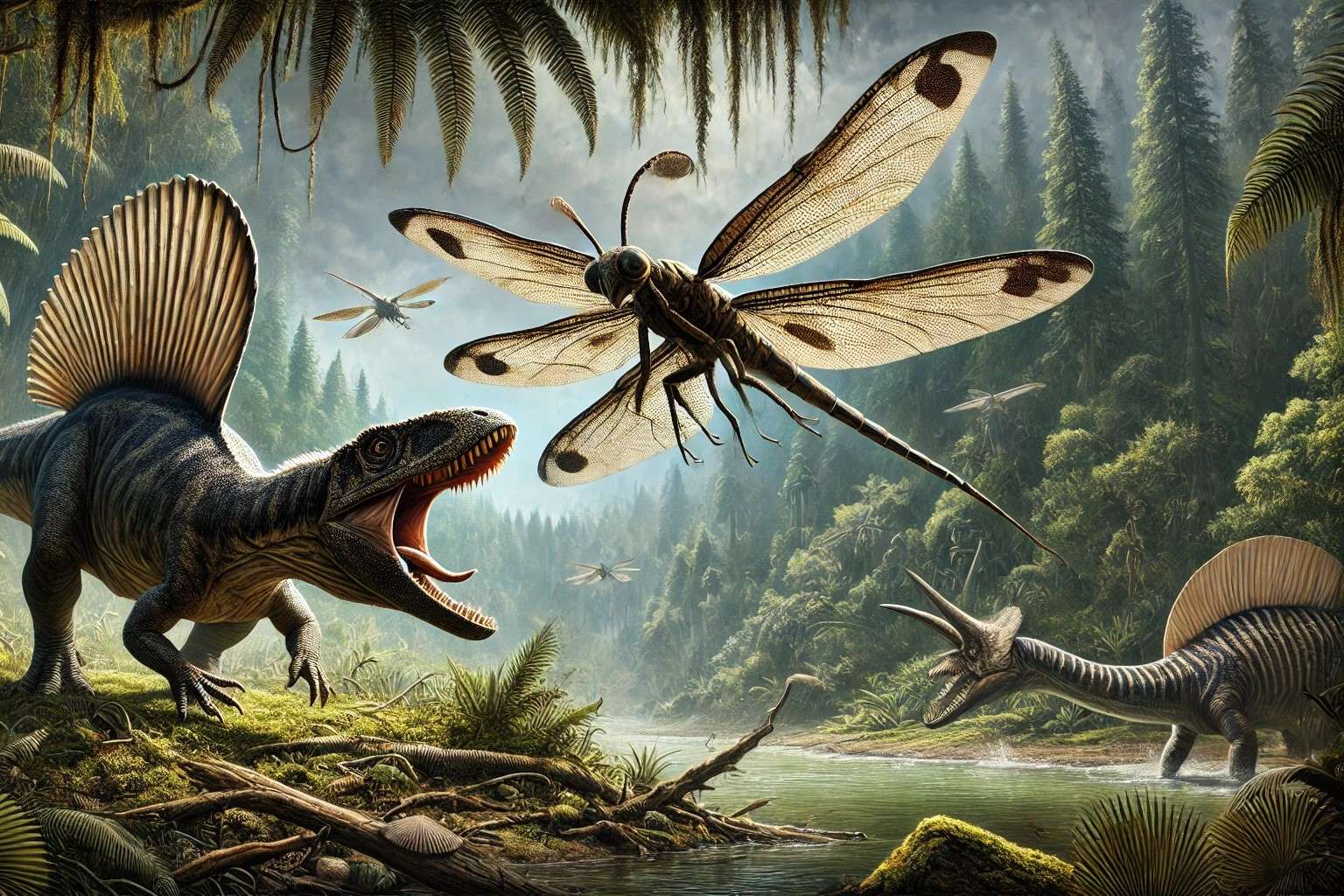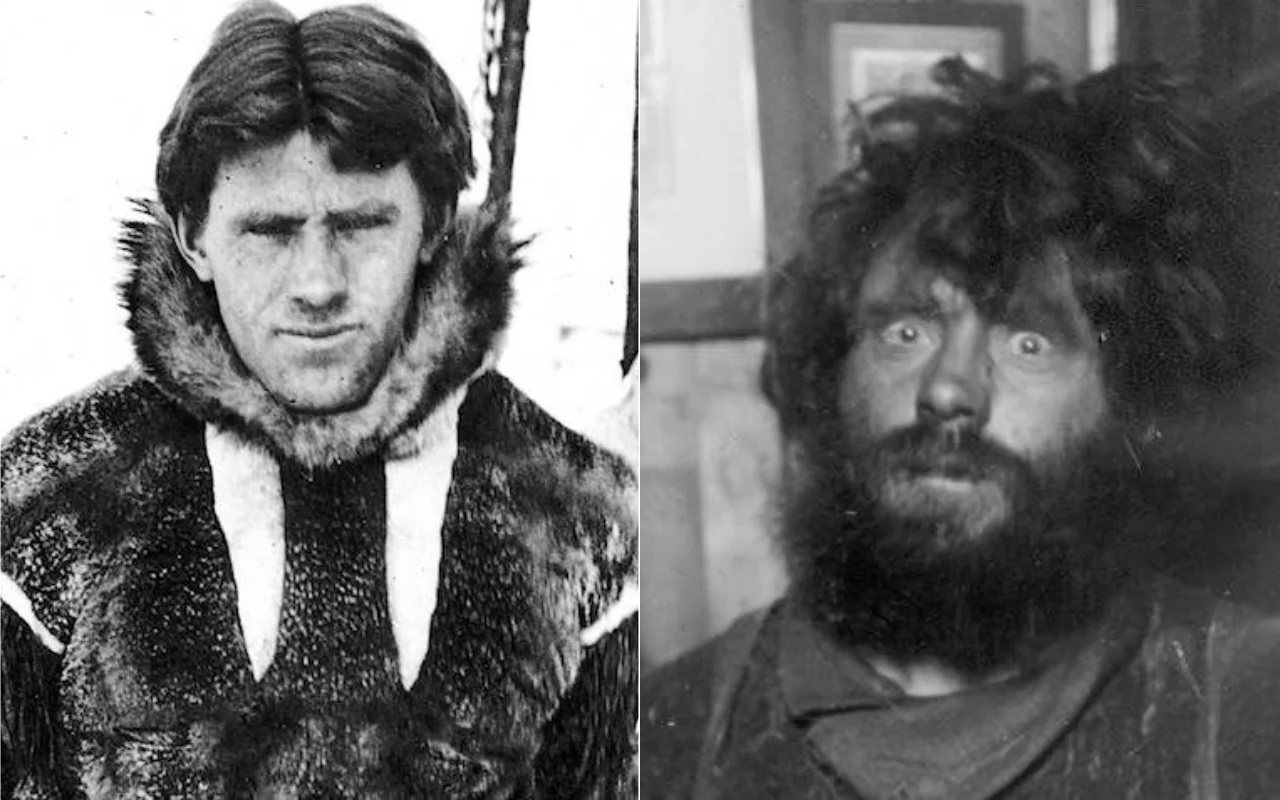
Prehistoric animals roamed the Earth long before humans appeared. These ancient creatures, ranging from the mighty Tyrannosaurus rex to the enormous Megalodon, have fascinated scientists and enthusiasts alike. But how much do we really know about them? Did you know that some dinosaurs had feathers, or that certain prehistoric mammals were as big as modern-day elephants? Fossils and other remnants provide a glimpse into their mysterious lives, revealing astonishing facts about their behavior, diet, and habitats. Join us as we uncover 35 intriguing facts about these incredible beings that once dominated our planet. Get ready to be amazed by the wonders of the prehistoric world!
Key Takeaways:
- Prehistoric animals, from giant dinosaurs to ancient insects, shaped Earth's history. Their diverse forms and unique features continue to fascinate and inspire curiosity in the world of science and discovery.
- The world of prehistoric animals is a treasure trove of incredible creatures, from massive marine reptiles to early flying birds. Exploring their ancient world provides a glimpse into the amazing diversity of life that once inhabited our planet.
Fascinating World of Prehistoric Animals
Prehistoric animals roamed the Earth long before humans appeared. These creatures, ranging from tiny insects to massive dinosaurs, have left an indelible mark on our planet's history. Let's dive into some intriguing facts about these ancient beings.
Dinosaurs: The Giants of the Past
Dinosaurs are perhaps the most well-known prehistoric animals. Their size, diversity, and dominance make them a fascinating subject of study.
- The term "dinosaur" means "terrible lizard." Coined by Sir Richard Owen in 1842, it reflects the awe these creatures inspired.
- Dinosaurs lived during the Mesozoic Era. This era spans three periods: Triassic, Jurassic, and Cretaceous, lasting from about 250 to 65 million years ago.
- The largest dinosaur was Argentinosaurus. This colossal herbivore could reach lengths of up to 100 feet and weigh around 100 tons.
- Tyrannosaurus rex had the strongest bite of any land animal. Its bite force was estimated to be around 12,800 pounds.
- Some dinosaurs had feathers. Evidence suggests that many theropods, like Velociraptor, had feathers, hinting at a close relationship with modern birds.
Marine Reptiles: Rulers of the Ancient Seas
While dinosaurs dominated the land, marine reptiles ruled the oceans. These creatures were equally impressive and diverse.
- Ichthyosaurs resembled modern dolphins. These marine reptiles had streamlined bodies and could swim at high speeds.
- Plesiosaurs had long necks and small heads. These features helped them catch fish and other prey in the water.
- Mosasaurus was a giant marine predator. Growing up to 50 feet long, it was one of the top predators of its time.
- Ammonites were shelled cephalopods. These creatures, related to modern squids and octopuses, had spiral shells and thrived in prehistoric oceans.
- The largest marine reptile was Shonisaurus. This ichthyosaur could reach lengths of up to 70 feet.
Prehistoric Mammals: Early Giants and Oddities
After the dinosaurs went extinct, mammals began to dominate. Some of these early mammals were quite extraordinary.
- Mammoths were relatives of modern elephants. These large, hairy creatures roamed the Earth during the Ice Age.
- Saber-toothed cats had long, curved canine teeth. These teeth were used to hunt large prey like mammoths and bison.
- Glyptodon was a giant armadillo. This prehistoric mammal had a large, armored shell and could weigh up to 2,000 pounds.
- Megatherium was a giant ground sloth. Standing up to 20 feet tall, it was one of the largest land mammals ever.
- Indricotherium was the largest land mammal. This hornless rhinoceros could reach heights of up to 18 feet at the shoulder.
Prehistoric Birds: The Early Fliers
Birds evolved from small theropod dinosaurs, and some of the earliest birds were quite different from those we see today.
- Archaeopteryx is considered the first bird. This creature had feathers, wings, and a long bony tail, bridging the gap between dinosaurs and birds.
- Hesperornis was a flightless bird. It had strong legs for swimming and lived during the Late Cretaceous period.
- Ichthyornis had teeth. Unlike modern birds, this prehistoric bird had sharp teeth in its beak.
- Gastornis was a giant, flightless bird. Standing up to 6 feet tall, it was a top predator in its ecosystem.
- Confuciusornis had a beak and claws. This early bird lived around 125 million years ago and had a mix of primitive and modern features.
Insects and Arthropods: Ancient Creepy Crawlies
Insects and other arthropods have been around for hundreds of millions of years. Some prehistoric species were truly remarkable.
- Meganeura was a giant dragonfly. With a wingspan of up to 2.5 feet, it was one of the largest insects ever.
- Arthropleura was a giant millipede. This creature could grow up to 8 feet long and lived during the Carboniferous period.
- Trilobites were early arthropods. These marine creatures had segmented bodies and thrived for over 270 million years.
- Pulmonoscorpius was a giant scorpion. It could reach lengths of up to 28 inches and lived around 340 million years ago.
- Jaekelopterus was a giant sea scorpion. This predator could grow up to 8 feet long and lived during the Devonian period.
Prehistoric Amphibians: Early Land Dwellers
Amphibians were among the first vertebrates to venture onto land. Some prehistoric amphibians were quite large and diverse.
- Eryops was a large, early amphibian. It could grow up to 10 feet long and had a robust body and strong limbs.
- Diplocaulus had a boomerang-shaped head. This unique feature helped it navigate through water.
- Mastodonsaurus was a giant amphibian. It could reach lengths of up to 20 feet and had a large, flat head.
- Acanthostega was one of the first tetrapods. This creature had limbs with digits, bridging the gap between fish and land animals.
- Beelzebufo was a giant prehistoric frog. Nicknamed the "Devil Frog," it could grow up to 16 inches long and had a powerful bite.
Prehistoric Plants: The Green Giants
Plants have been around for hundreds of millions of years, shaping the environment and providing food for countless creatures.
- Lepidodendron was a giant clubmoss. This tree-like plant could grow up to 100 feet tall and thrived during the Carboniferous period.
- Archaeopteris was an early tree. It had fern-like leaves and could grow up to 30 feet tall.
- Glossopteris was a seed fern. Its fossils are found on multiple continents, providing evidence for the theory of continental drift.
- Cooksonia was one of the first vascular plants. It had simple stems and spore-producing structures.
- Sigillaria was a tall, spore-bearing plant. It could grow up to 100 feet tall and had a distinctive, patterned bark.
The Fascinating World of Prehistoric Animals
Prehistoric animals captivate our imagination with their sheer diversity and mystery. From the towering Tyrannosaurus rex to the massive Megalodon, these creatures roamed Earth long before humans appeared. Their fossils provide a glimpse into a world vastly different from ours, helping scientists understand evolution, climate change, and ancient ecosystems.
Learning about these ancient beings isn't just about memorizing facts. It’s about appreciating the complexity of life and the ever-changing nature of our planet. Each discovery, whether it’s a new species or a better understanding of an old one, adds another piece to the puzzle of Earth's history.
So next time you see a dinosaur skeleton or read about a newly discovered fossil, remember the incredible journey these creatures took. Their stories remind us of the rich tapestry of life that has existed on our planet for millions of years.
Frequently Asked Questions
Was this page helpful?
Our commitment to delivering trustworthy and engaging content is at the heart of what we do. Each fact on our site is contributed by real users like you, bringing a wealth of diverse insights and information. To ensure the highest standards of accuracy and reliability, our dedicated editors meticulously review each submission. This process guarantees that the facts we share are not only fascinating but also credible. Trust in our commitment to quality and authenticity as you explore and learn with us.


